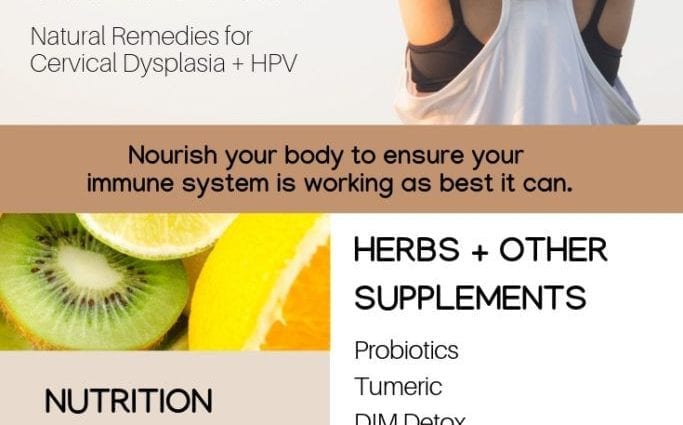Contents
general description
Dysplasia is a disease characterized by abnormal development of tissues and organs as a result of defects in the formation of the body during embryogenesis and in the postnatal period. This term is applied to the designation of various diseases, which are based on an anomaly in the development of cells, organs or tissues, changes in their shape and structure.
Dysplasia causes:
genetic predisposition, oxygen deficiency of blood vessels, dangerous ecological state of the environment, infectious and gynecological diseases of the mother during pregnancy, birth trauma, human papillomavirus, etc.
Types of dysplasia:
connective tissue dysplasia, hip dysplasia, fibrous dysplasia, cervical dysplasia, metaepiphyseal dysplasia. And also, dysplastic coxarthrosis, scoliosis and dysplastic status. All of them are divided into three groups: impaired cell differentiation, cellular atypia, and impaired tissue architectonics. The disease develops against the background of an increase in the number of cells (hyperplasia), dysregeneration and inflammatory processes in the body. Dysplasia provokes changes in the work of the regulators of intercellular relationships (growth factors, adhesive molecules, their receptors, protooncogenes and oncoproteins).
Three degrees of dysplasia, depending on the severity of cellular atypia: D I (mild – reverse positive changes are possible), D II (moderately pronounced) and D III (pronounced – precancerous state).
Dysplasia symptoms
depend on the type of disease. For example, dysplasia of the hip joint leads to disruption of its work.
Diet and folk remedies depend on the specific type of dysplasia. Let’s give an example of useful and dangerous products, traditional medicine for cervical dysplasia.
Useful products for cervical dysplasia
Products should compensate for the deficiency in the diet of folic acid, vitamin C, E, A, selenium, beta-carotene.
Should be consumed:
- foods rich in folic acid (bananas, beans, green leafy vegetables, white cabbage and Brussels sprouts, brewer’s yeast, beets, asparagus, citrus fruits, lentils, veal liver, mushrooms, egg yolk, cauliflower, onions, carrots, parsley);
- foods with a high content of vitamin C (lemons, green walnuts, rose hips, sweet peppers, black currants, sea buckthorn, kiwi, honeysuckle, hot peppers, wild garlic, Brussels sprouts, broccoli, viburnum, cauliflower, rowan berries, strawberries, oranges, cabbage red cabbage, horseradish, spinach, garlic feather);
- foods with a high vitamin E content (hazelnuts, unrefined vegetable oils, almonds, hazelnuts, peanuts, cashews, dried apricots, sea buckthorn, eel, rose hips, wheat, squid, sorrel, salmon, pike perch, prunes, oatmeal, barley);
- foods with a high selenium content (parsnips, celery, seafood, olives, buckwheat, legumes).
- foods with a high content of vitamin A (dark green and yellow vegetables, ghee – no more than 50 grams per day);
- Beta carotene foods (sweet potatoes, carrots, apricots, mangoes, broccoli, lettuce, wheat bran, zucchini, eggs, dairy products, fish liver) should be eaten with sour cream or vegetable fat.
- green tea.
Folk remedies for cervical dysplasia
- syrup of green nuts (cut green nuts into four parts, sprinkle with sugar in a ratio of one to two, store in a glass jar in a dark and cool place), use one tablespoon per glass of warm water or juice. The syrup is contraindicated in patients with fibroids, thyroid diseases and low blood clotting;
- aloe leaf juice (use for tampons twice a day for a month);
- decoction of pine buds (one tablespoon of pine buds per glass of boiling water, cook for several minutes) to use for douching and baths;
- nettle leaf juice (juice from a glass of nettle leaves to use for tampons) apply within a month, once a day for ten minutes;
- collection of herbs: four servings of calendula flowers, three servings of rose hips, two servings of licorice root, two servings of meadowsweet flowers, two servings of yarrow herb, one serving of sweet clover herb and three servings of nettle leaves (a teaspoon of the mixture in a glass of boiling water, insist for half an hour) douche twice a day;
- licorice, clover, anise, sage, soy, oregano, hops, and alfalfa (drink herbal teas or eat them).
Dangerous and harmful foods for dysplasia
- sour and smoked foods; spicy, fried and fatty foods;
- artificial sweets (sweets, cakes, pastries, pastries);
- hot spices, vinegar and marinades;
- alcoholic beverages.
Attention!
The administration is not responsible for any attempt to use the information provided, and does not guarantee that it will not harm you personally. The materials cannot be used to prescribe treatment and make a diagnosis. Always consult your specialist doctor!










